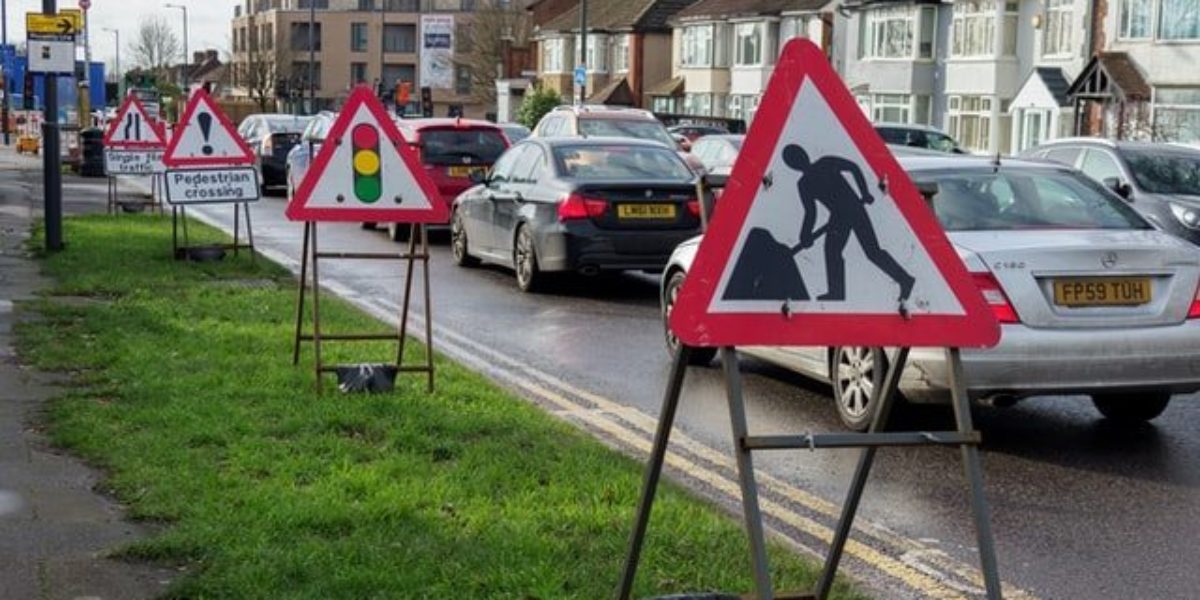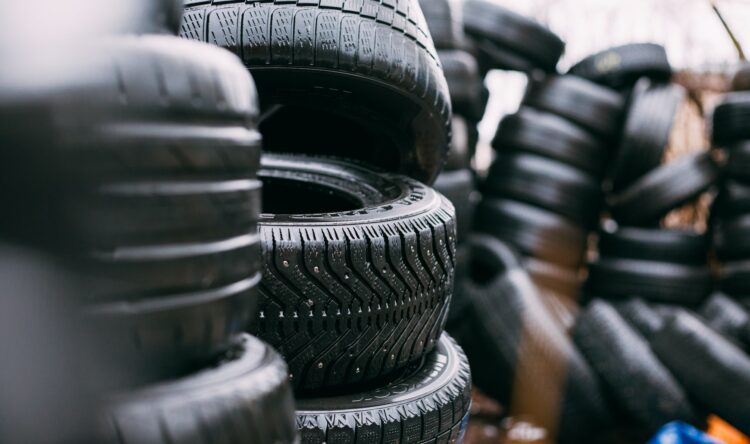Road to nowhere
Government funding for road repairs nowhere near enough as problems increase
The latest annual report on the state of Britain’s roads by Asphalt Industry Alliance (AIA) is a damming indictment of maintenance failure.
The report asks for contributions from local authorities and lack of funding is a huge issue. Without quality repairs, the problems become exponentially worse, and repair cost keep rising. Mirroring this reality is the cost to local authorities of paying compensation claims for damage to vehicles.
Legal duties
“Local authority highway teams have a legal responsibility to keep our roads safe,” states the report. It adds that they “do not have the funds to do so in a cost effective, proactive way”.
The AIA commissions an annual survey of highways departments in all local authorities, building a picture of the general condition of local roads.
The latest edition of the Annual Local Authority Road Maintenance (ALARM) survey, achieved a record 73% of local authorities responding.
Average highway maintenance budgets have increased year on year – up 4% on 2020/21. However, the survey finds that the proportion being invested in the carriageway itself is actually declining.
One time cost to fix local roads in England and Wales has increased by almost a quarter (23%) on last year’s figure to £12.64 billion. This works out at £61,700 for every mile of road repaired.
At the same time, the percentage of roads described as being in a ‘poor overall condition’ has risen to 11% (up 2%). These are carriageways that are likely to require maintenance in the next 12 months.
Alarm bells
Other findings from ALARM 2022, which relate to the 2021/22 financial year, show:
- Local authorities would have needed an extra £1 billion last year just to reach their own target road conditions, before even thinking about tackling the backlog of repairs
- Almost one in five local roads could need to be rebuilt in the next five years – nearly 37,000 miles of the network
- One pothole is filled the equivalent of every 19 seconds
- Roads are only resurfaced on average once every 70 years
The AIA says the survey highlights the scale of the problems and the fact that they are getting worse. Highway engineers have to make difficult choices about keeping local roads open and safe versus improving overall conditions. This comes as local authorities have seen all budgets cut through the Conservative government’s decade of ‘austerity’. Finance and funding issues across the services provided by local authorities mean road repairs are being kept to a minimum. Short-term minor repairs are only exacerbating deeper structural and surface problems. It means that the cost of bringing roads back to previous standards is becoming increasingly unaffordable. With the current economic crisis coming on the back of the pandemic, the outlook is even bumpier roads ahead.
Structural breakdown
Rick Green, AIA chair, said: “Local authority highway teams have a legal responsibility to keep our roads safe, but do not have the funds to do so in a cost effective, proactive way.
“As a result, while they report some slight improvements in surface conditions, the structure of our roads continues to decline.
“Although surface repairs have a part to play in extending the life of local roads, short-term fixes, including filling potholes, is indicative of a network that is ‘on the edge’ and less efficient and sustainable when it comes to materials usage and whole-life carbon emissions.”







